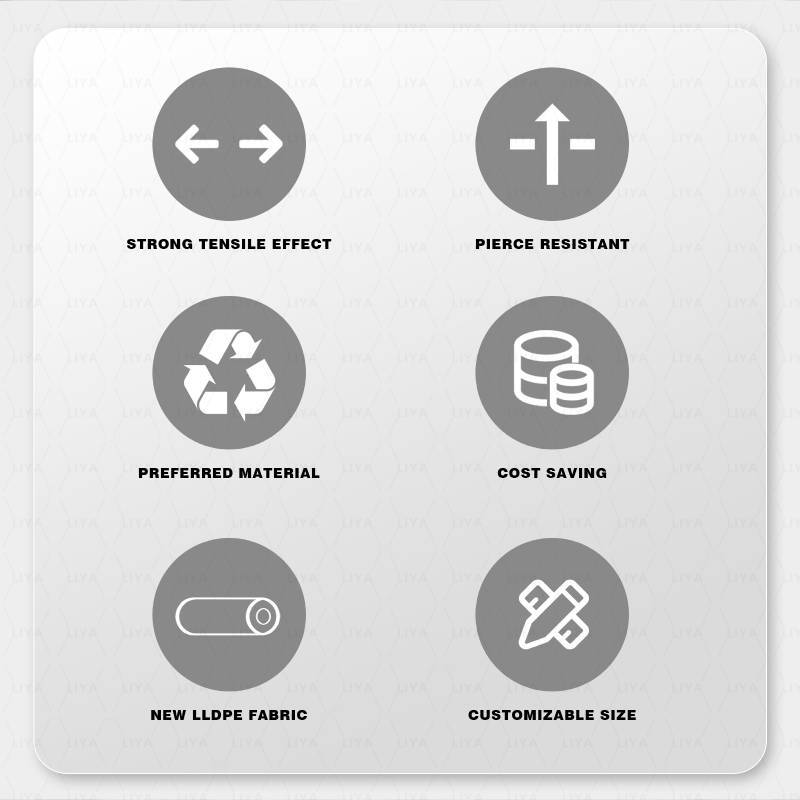Heavy-Duty Trash Bags for Construction and Renovation Projects
The Importance of Construction Trash Bags in Modern Construction Sites
Construction sites are known for their hustle and bustle, where workers tirelessly bring architectural designs to life. However, one aspect that often gets overlooked in the chaos of brick laying, drywall hanging, and painting is waste management. As projects progress, debris accumulates rapidly, and managing this waste effectively is essential. One of the most vital tools in this regard is the construction trash bag. Though they may seem like a minor detail, these bags play a crucial role in maintaining safety, cleanliness, and efficiency on construction sites.
The Nature of Construction Waste
Construction waste is diverse and can include various materials such as wood scraps, metal shavings, concrete remnants, and plastic wrappers. This debris not only creates an eyesore but can also pose safety hazards. Loose materials on the ground can lead to trips and falls, while sharp objects can cause injuries. Effective waste management is therefore indispensable in promoting a safe workplace. Construction trash bags come in useful for collecting and containing this debris, and their use can significantly reduce risks on-site.
Types of Construction Trash Bags
When choosing construction trash bags, it’s important to consider their material and size. Regular garbage bags may not suffice for the heavy-duty demands of a construction site. Construction trash bags are often made from thicker, more durable materials designed to withstand the rigors of heavy waste and sharp objects. These bags typically have a higher weight capacity and reinforced seams to prevent tearing or leaking. Common sizes range from 30 gallons to 55 gallons, adaptable for different kinds of cleanup tasks.
Moreover, some construction trash bags come with additional features such as UV resistance, which is essential for outdoor projects exposed to the sun. Certain bags are also designed to be biodegradable, appealing to environmentally conscious construction firms that wish to minimize their ecological footprint.
Organizational Benefits
construction trash bags

Using construction trash bags fosters organization on the job site. Waste can accumulate quickly, making it challenging for workers to navigate through the area. By providing designated bags for specific types of waste, such as concrete, metal, or general refuse, construction managers can streamline the cleanup process. Having a systematic approach to waste segregation not only enhances the efficiency of the cleanup but can also facilitate recycling efforts. Many trash bags are designed to be easily identifiable, allowing workers to sort materials accurately, thus promoting environmental sustainability.
Cost-Effectiveness
Implementing the use of construction trash bags can also lead to significant cost savings in the long run. Regularly cleaning up construction sites makes for a more efficient workflow, allowing projects to proceed on schedule. Delays caused by unsafe working conditions or disorganization can result in increased labor costs and longer project timelines. By investing in quality construction trash bags, contractors can prevent unnecessary spending by ensuring that the site remains tidy and safe.
Environmental Considerations
Today’s construction industry is increasingly focused on sustainability, and proper waste management is a critical component of this. By utilizing construction trash bags designed for recycling, contractors can significantly lessen their environmental impact. Regulations about construction waste disposal are also tightening, making it imperative for construction companies to adopt responsible waste management practices.
Conclusion
In conclusion, construction trash bags play an essential role in the management of waste on construction sites. They promote safety, streamline organization, enhance efficiency, and contribute to environmentally conscious practices. As the industry continues to evolve, the emphasis on effective waste management will only become more pronounced. Investing in high-quality, durable trash bags is a simple yet impactful step towards achieving a cleaner, safer, and more sustainable construction site. Whether you're overseeing a large commercial build or a small residential renovation, these indispensable tools will help maintain order and promote a culture of safety and responsibility.
-
Stretch Film Solutions: A Comprehensive GuideNewsJun.03,2025
-
Stretch and Shrink Packaging SolutionsNewsJun.03,2025
-
Revolutionizing Packaging with Modern Wrapping SolutionsNewsJun.03,2025
-
Innovative Solutions for Silage and Window TintingNewsJun.03,2025
-
Efficient Packing with Stretch Wrap SolutionsNewsJun.03,2025
-
Effective Packaging with Stretch Wrap SolutionsNewsJun.03,2025
-
Have the freedom of customizing your custom mailers any way you want! Our dedicated packaging support will help deliver you the mailing experience you need to elevate your shipping experience to the next level! Start making a strong impression on your customers and stand out from your competitors! -
LIYA uses high quality raw materials which directly purchased from large enterprises domestic and overseas such as PetroChina, Sinopec, Sabic, Equate, ExxonMobil, Dow Chemical, Total, and Borouge, ensuring the price advantage and quality of the raw materials. -
LIYA uses high quality raw materials which directly purchased from large enterprises domestic and overseas such as PetroChina, Sinopec, Sabic, Equate, ExxonMobil, Dow Chemical, Total, and Borouge, ensuring the price advantage and quality of the raw materials.





